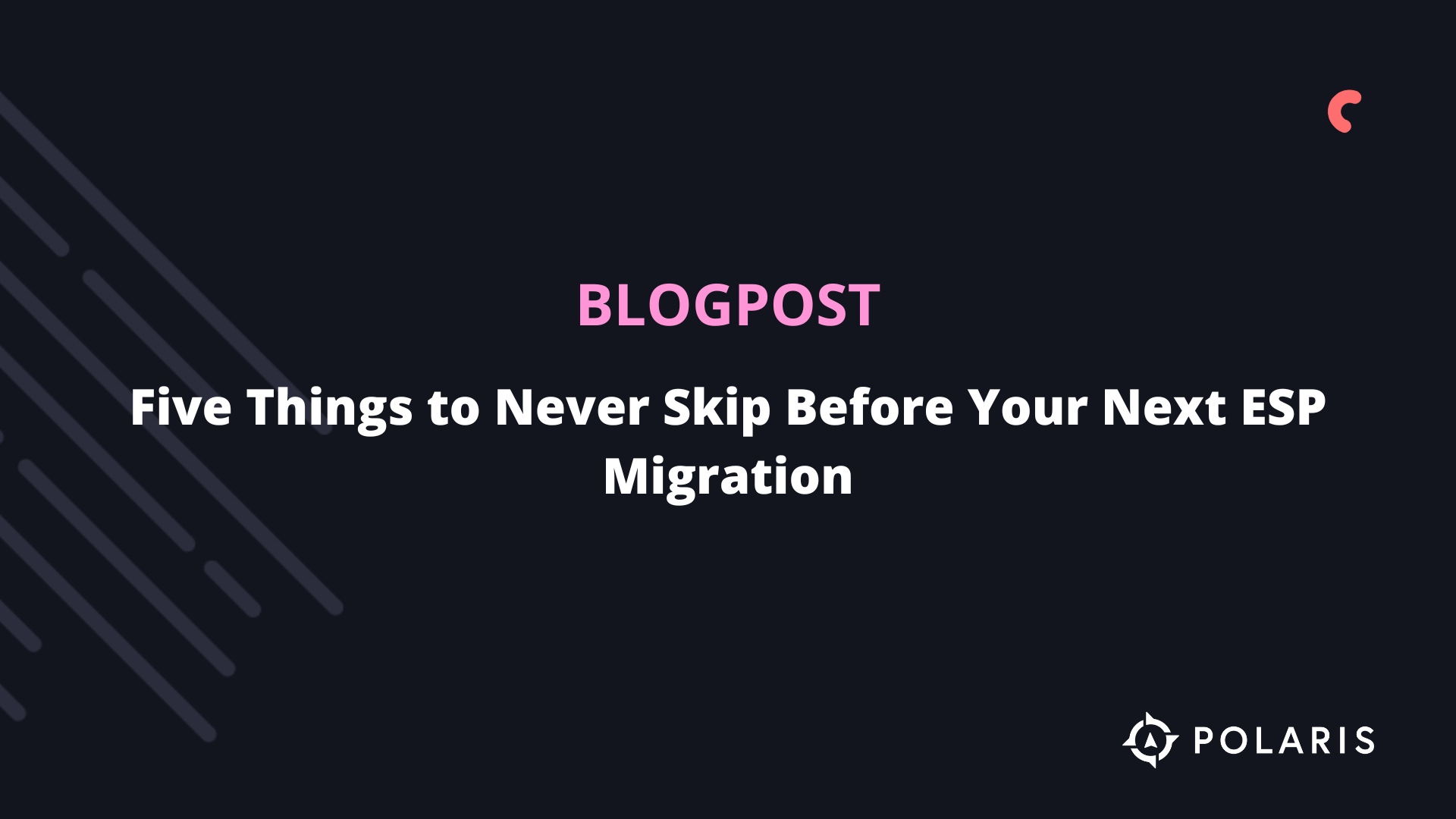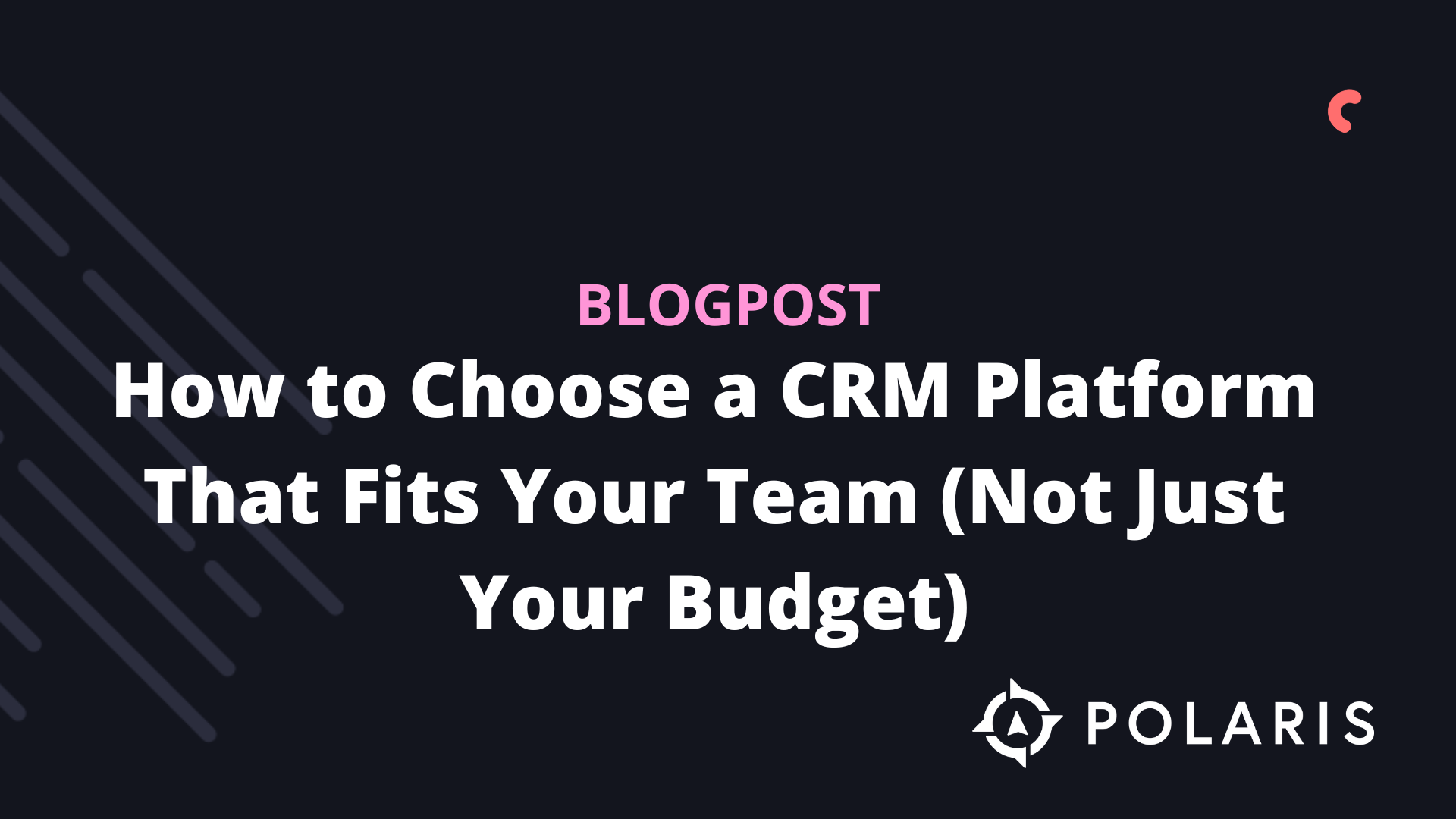Post Purchase flow Klaviyo manual



Overview
Sending post-purchase emails is essential for growing your brand. They transform a shopper into a loyal and returning customer. According to research by Klaviyo, post-purchase messages see a 217% higher open rate, over 500% higher click-through rate, and 90% higher revenue per recipient than your average email campaign.
This guide will inspire you to build your own post-purchase flow and provide some practical tips along the way.
Segmentation and Post-Purchase
Personalizing your messages is a great way to encourage customers to return to your brand and make a new purchase. The needs of a new buyer and a returning buyer are different, and your messages should reflect that. For a new buyer, you might encourage them to sign up for your newsletter or join a loyalty program. You can thank a returning buyer for their purchases, keep them updated on their loyalty status, or reach out for more information about the customer.
To create this split within a flow, you can add a conditional split if 1 Placed Order has occurred.

Additionally, you can segment based on whether some have purchased a more expensive product. You can encourage your potential VIPs by showcasing the privileges you offer within your VIP program. To further segment your customers, you can add a trigger split based on monetary value and set the threshold that you consider a significant purchase for your business.

Check Your Overall Messaging
As you figure out how your customers are self-segmenting within your flow, you want to ensure they aren't overwhelmed by emails. Ask yourself a few questions:
- Could a customer also be subscribed to your newsletter?
- If they are subscribed, would they receive a Welcome Series?
- If a customer makes a purchase and then leaves their cart the next day, are they added to an Abandoned Cart flow?
To understand how often you are messaging someone, create a sending frequency map using the provided template to ensure you’re not bombarding your customers with emails. Your customers may find constant messages annoying, which could hinder new purchases.
Content and Schedule
Once you've decided how to segment your flow, you need to refine the schedule and content of your emails. To start, just like with any piece of your messaging, ensure that your tone, style, and colors are consistent across all communications.
When determining the content of your post-purchase emails, you can begin by considering the four different types of emails you can send after a purchase: transactional emails, thank you messages, review requests, and cross-sells.
While you can send these in any order you prefer, below is an example flow that you can use for inspiration. This flow is for a business where there is an average of 9 days between ordering and shipping. The shipping email is excluded from the flow below because the business would want to use a different flow that is triggered based on shipping to ensure the email is timed correctly.


Email #1: Transactional Email
Transactional emails inform the customer that their order has been processed and that the items have been shipped. Although this is the trigger that starts the post-purchase flow, it’s best to keep your transactional flows, including order confirmation emails and shipping confirmation emails, separate to ensure that all your customers receive the information they need as quickly as possible. To be considered a transactional email, it should not contain any marketing efforts. This email is sent solely to let the customer know that you have received their order and should go to everyone who has placed an order.
E-mail # 2: Thank You e-mail

Next, a thank you email. Thank you messages help build your relationship with customers by expressing gratitude, welcoming them to the family if it's their first purchase, or informing them about a loyalty program. This is a good place to split your flow based on whether someone has purchased from you before, allowing you to tailor your email accordingly.
You can welcome new customers to the brand's community and encourage them to sign up for the newsletter if they haven't already. For returning customers, you can thank them for their loyalty to the brand and keep them informed about their loyalty rewards. Additionally, if you’ve included a split based on order value, this is a great opportunity to offer VIP messaging to customers who have spent more.

Optional Email: Instructions
If you have an item that is particularly difficult to use or requires instructions, you can include an instruction email just before the item arrives. Make sure this email is well-timed; you don’t want your customer to receive the email too early, leading to it being forgotten, or after the product has been delivered.
You can create a flow specifically for sending instructions, especially if you use a third-party customer instruction tool, such as Shipstation or Aftership.

Email #3: Review Request Email
Review requests encourage customers to write a review on social media or on your website itself. While you can't incentivize a customer to write a positive review, it's important that they leave a review so that other customers can return. Emails regarding review requests are essential. You can dedicate an entire flow solely to review requests. Check out this article on how to do that.

Email #4: Cross-Sell Email
Finally, cross-sell emails encourage another purchase from a customer by recommending something they are likely to buy as well. You want to include the most popular products when trying to prompt someone to make another purchase. Don’t worry; if someone has already purchased an item, it won’t be included in their email. Just like the review request email, you can create an entire flow dedicated solely to cross-selling items. For more information, check this article about Creating an upsell- of cross-sell-flow.
%20(1).png)





